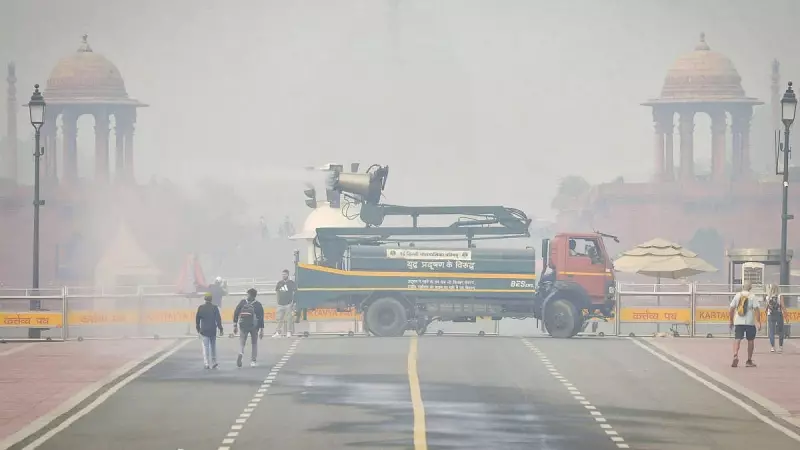
Delhi's air quality took a severe hit on Tuesday as meteorological conditions conspired to create a toxic trap over the national capital. With wind speeds dropping to near-stagnant levels, pollutants accumulated rapidly, pushing the Air Quality Index into the 'Very Poor' category.
What the Numbers Reveal
According to data from the System of Air Quality and Weather Forecasting and Research (SAFAR), the overall Air Quality Index (AQI) for Delhi settled at 304, firmly placing it in the 'Very Poor' range. The situation was particularly grim in specific monitoring stations across the city, indicating widespread pollution exposure for residents.
The Meteorological Culprit
Weak wind patterns emerged as the primary villain in this environmental crisis. The near-calm conditions prevented the natural dispersion and dilution of airborne pollutants, allowing harmful particulate matter to concentrate in the atmosphere. This meteorological stagnation effectively turned Delhi into a container trapping toxic air.
The Agricultural Contribution
Adding to Delhi's homegrown pollution problems, stubble burning in neighboring states continued to play a significant role. SAFAR estimates indicated that agricultural fires contributed approximately 12% to Delhi's PM2.5 concentration—the fine particulate matter most dangerous to human health.
Health Implications and Outlook
Air quality in the 'Very Poor' category poses serious health risks, particularly for children, elderly residents, and individuals with pre-existing respiratory conditions. Health experts recommend minimizing outdoor activities and using protective masks when venturing outside.
Weather forecasts suggest that relief might be limited in the coming days unless significant changes in wind patterns occur to help disperse the accumulated pollutants and provide much-needed respite to Delhi's choking residents.





